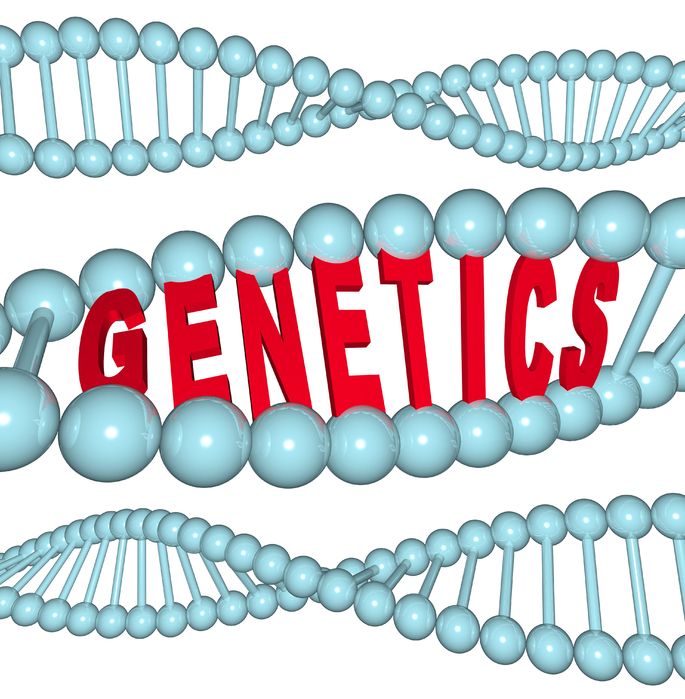SS3 Biology Second Term: Heredity (Genetics)
Introduction All living organisms reproduce. Reproduction results in the formation of offspring of the same kind. A pea plant produces only pea plants each time it reproduces. A rat produces only rats. Humans produce only humans. However, the resulting offspring need not and most often do not totally resemble the parent. Several characteristic differences may […]
SS3 Biology Second Term: Heredity (Genetics) Read More »


